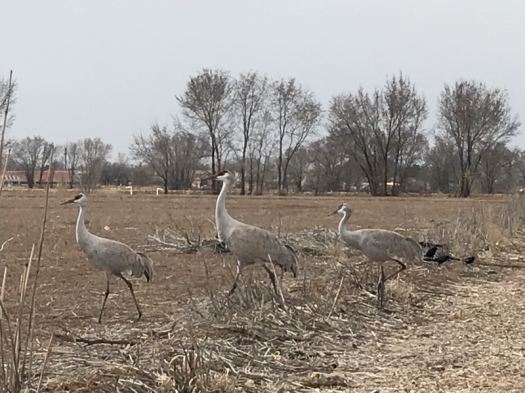
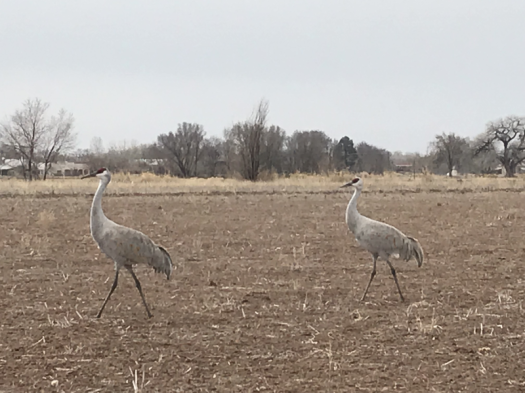
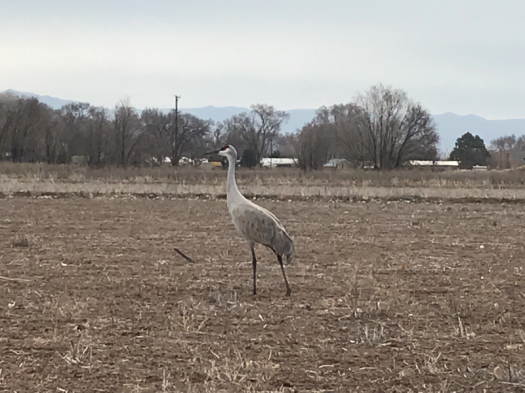
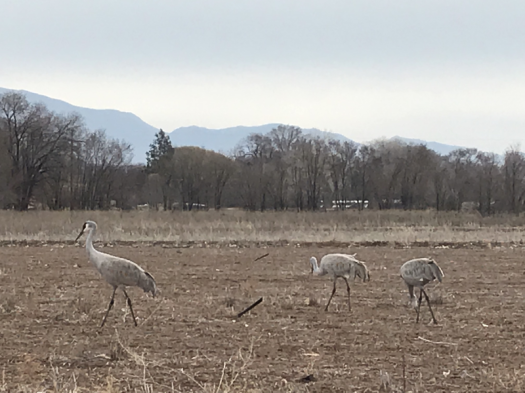
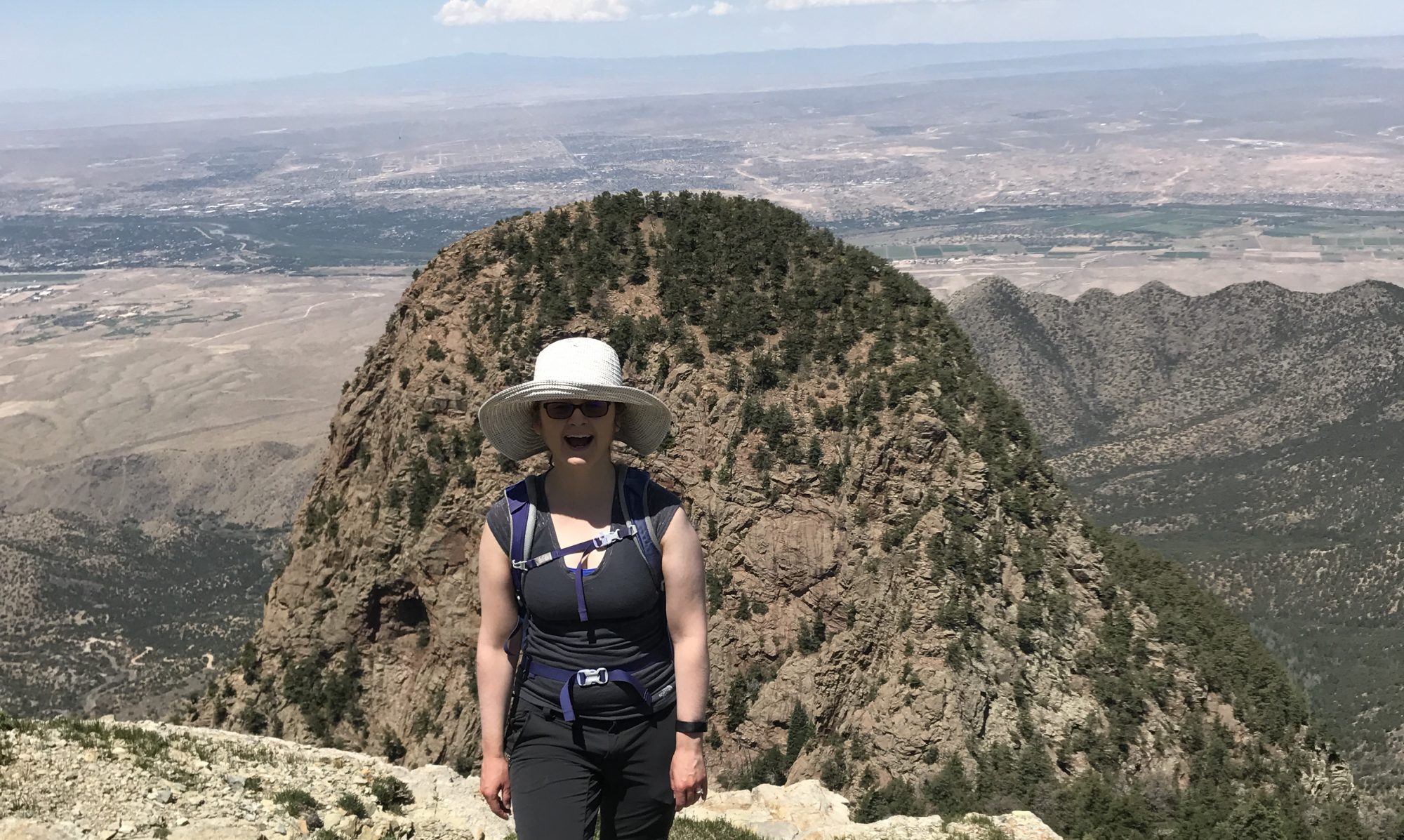
The stories of what I've seen and experienced exploring New Mexico on foot.




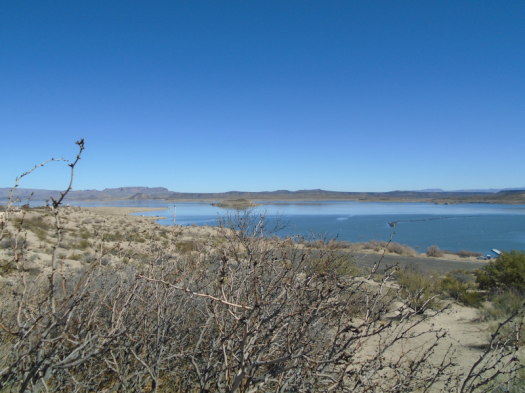
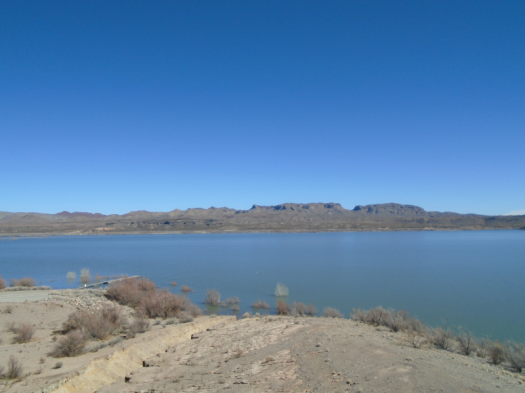
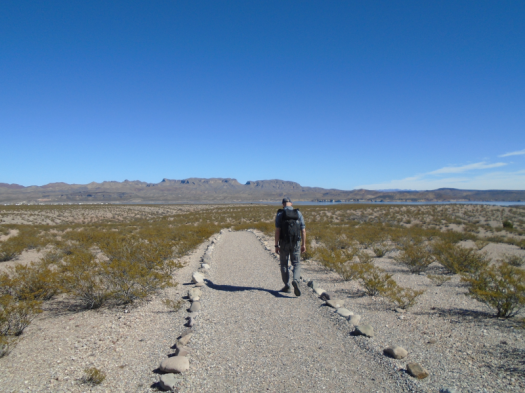
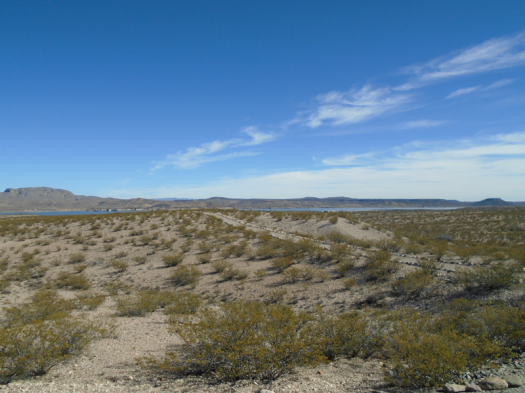
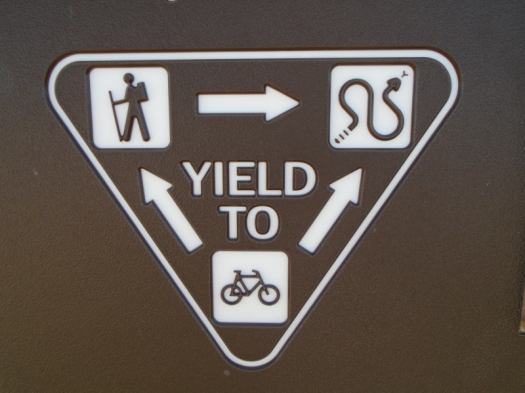
Birdsong comes in layers.
Red-winged blackbirds call.
Doves coo.
Sparrows titter.
A northern harrier lords silent in a cottonwood.
And we haven’t even left the parking lot.
This is Bosque del Apache National Wildlife Refuge.
*****
Around us, mountains stand in states and shapes of erosion.
The Chupadera Mountains got tired of mountaining and relaxed into rock waves.
The San Andreas Mountains got tired of mountaining and let a giant creature take jagged bites off the top.
Unfamiliar mountains in every direction.
Sage plain pastels. Blue marsh.
360 degrees of stimulation.
We’re at the highest point of Canyon National Recreation Trail. Creosote and sand stretch back to the Chupaderas.
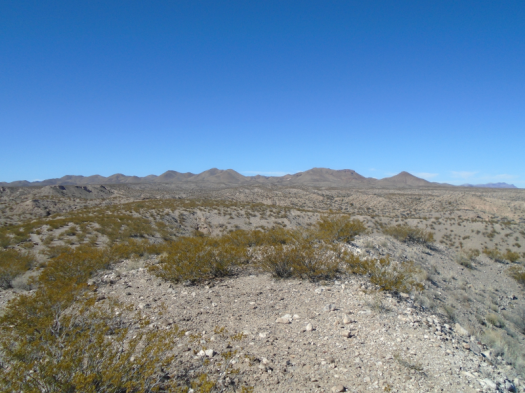
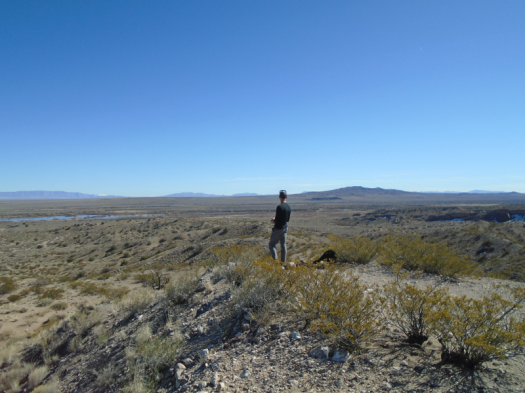
Solitude Canyon brought us here. Nests, burrows, bird droppings lined the ravine’s rocky walls.
It’s a holiday weekend, but the canyon earned its name.
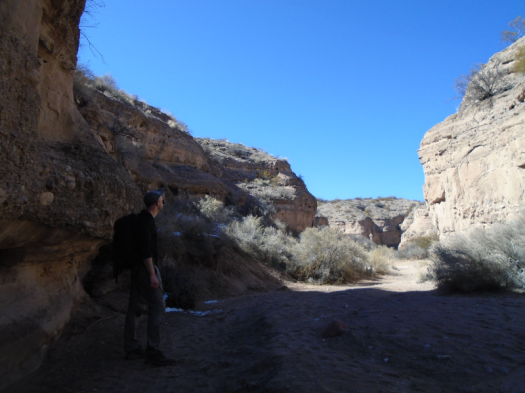
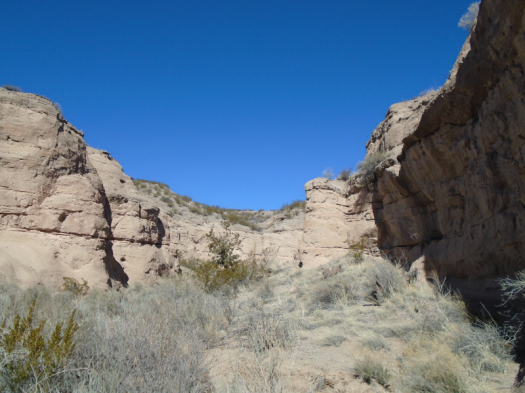
Short, efficient switchbacks lifted us to a panorama that looks like it should have required way more than 30 feet of climbing.
Blue finds new gradients, unbroken by cloud.
Silence. A few cranes call from the marsh. The end. In November there were thousands.
Later, at the marsh, two harriers wheel higher until we can’t separate them from the blue.
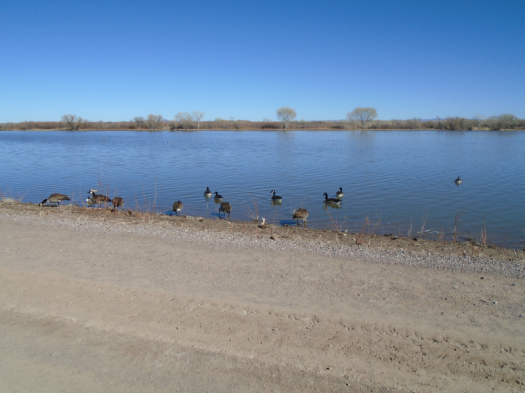
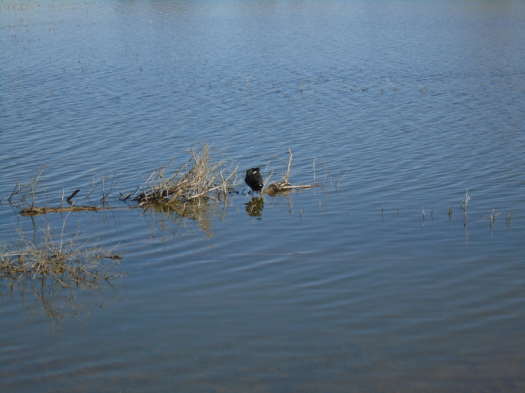
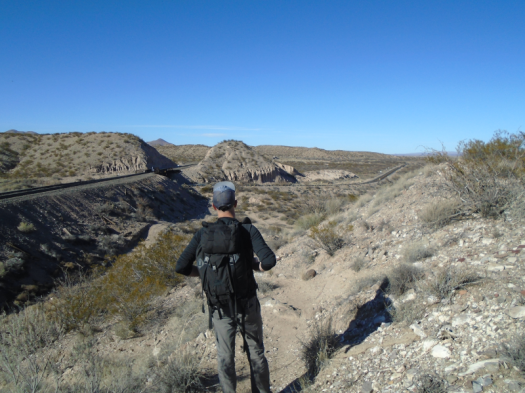
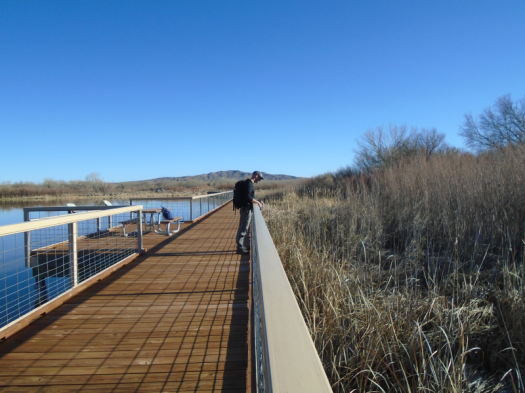
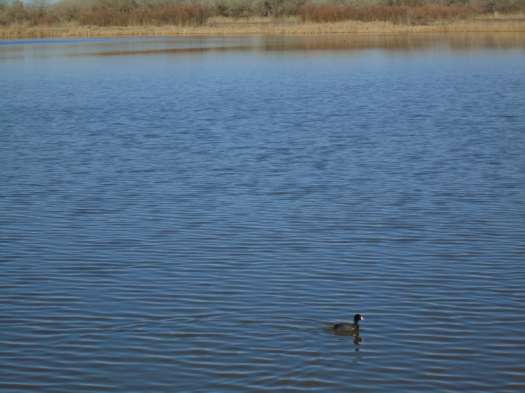
The first javelina we’ve ever seen trundles across the road in front of our car. He munches leaves on the shoulder, stares at us. We hear him snuffle as he walks away.
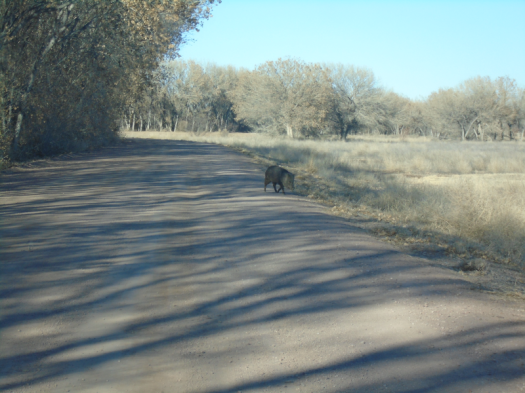
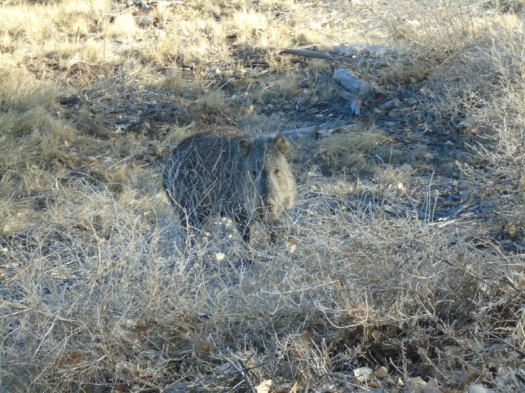
The refuge is so vast, the land so open, you forget cities and towns and mountains that are tall. The entire world becomes creosote, rock, water and creatures.
From the top of Canyon Trail, you can see it all.
Hike length: Canyon Trail 2.2 miles, Marsh Overlook Trail 1.5 miles
Difficulty: Canyon Trail moderate-strenuous; Marsh Overlook Trail easy
Trail traffic: none on Canyon Trail, very light on Marsh Overlook Trail
Wildlife spotted/heard: doves, harriers, sparrows, red-winged blackbirds, crows, ravens, lizards, butterfly, flycatchers, heron, ducks, cormorants, cranes, eagle, javelina, geese, quail, roadrunners
We follow what sounds like the rustle of leaves, find no leaves.
Water trickles from a pipe. Moss blankets the cistern, tucked under a bush. It smells like heaven.
The spring peeps from the rust and rock of the old Jaral ranger cabin’s foundation. You can see the cabin from Tramway Trail. You have to trip over the spring to know it’s there.
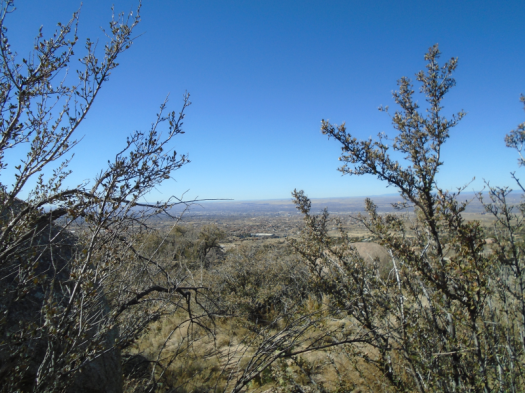
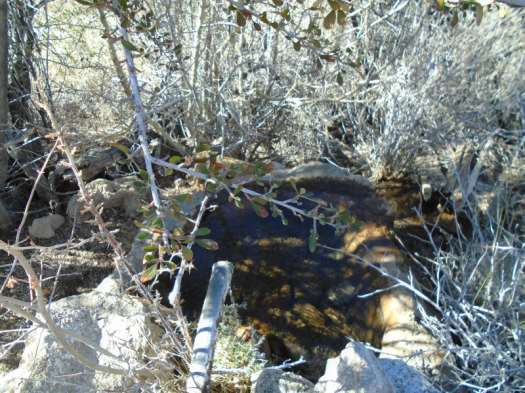
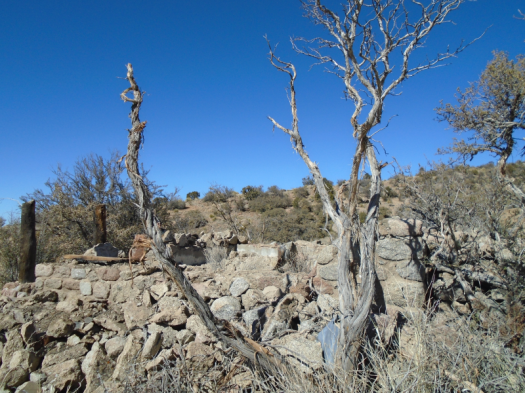
This trail mirrored the state of my mind.
A house-size boulder, a trickling spring, a sight line through snow-tipped evergreens, the red rock at the base of the Needle.
Then a stretch of boxy houses, barking dogs, bigger houses. All the mundane things you see on city streets, with added elevation.
So went my mind.
Worryworryworry. I have to be somewhere in four hours. Why am I so slow? I need to be done by 2. I won’t be done by 2.
Until a sight, sound or smell captures my mind and it locks in.
Wet earth. Slick of ice in the shade. Melt. Mud.
Steps from the ice chute, a sunny hill. Dead leaves layer bone-dry dirt like it’s October.
From a rocky ridge, I look into rumpled Juan Tabo Canyon, the breeze drying my sweaty back.
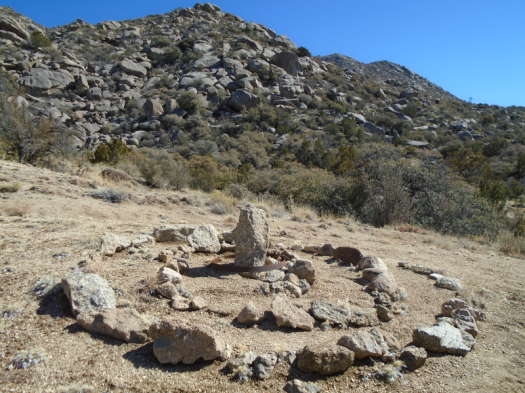
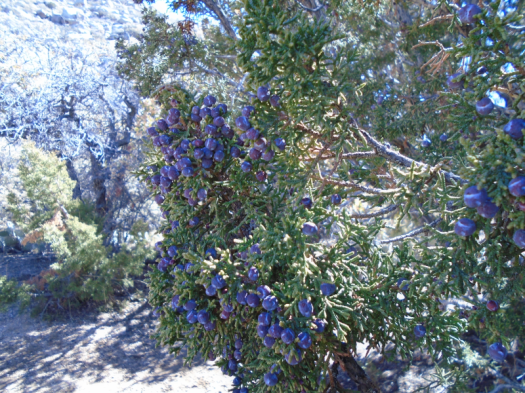
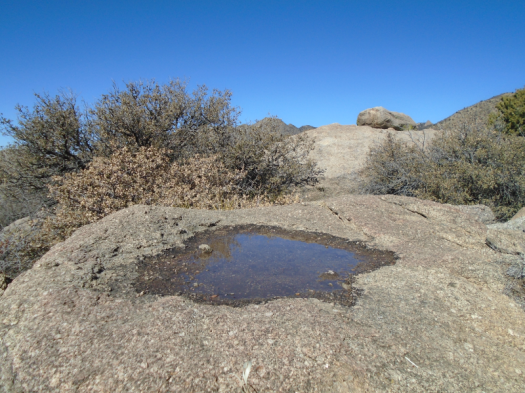
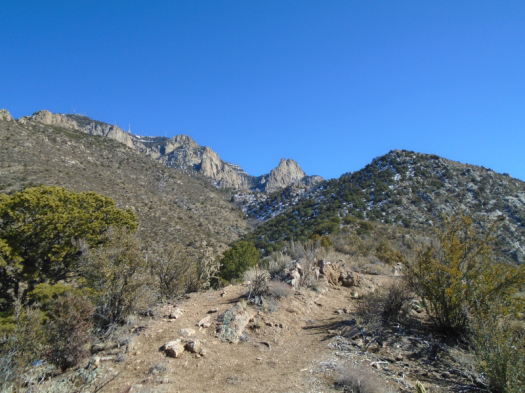
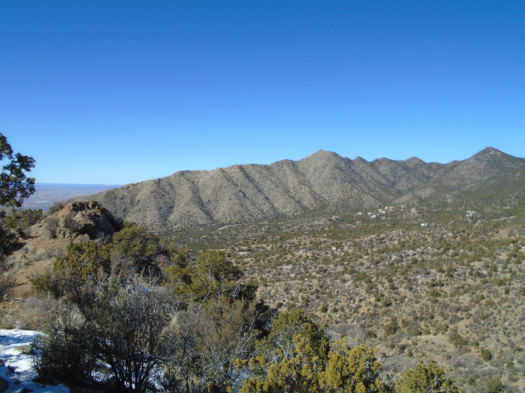
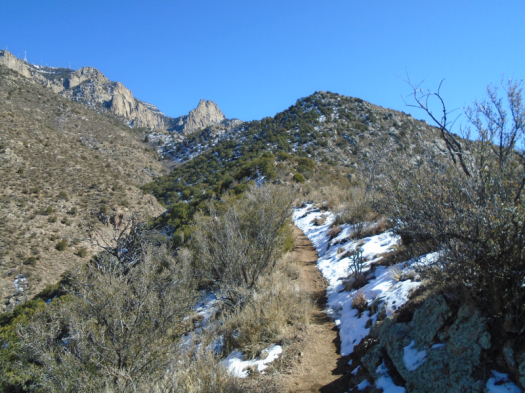
I didn’t finish as early as I meant to.
I got to the next thing later than I meant to.
I didn’t care.
Hike length: 4+ miles
Difficulty: moderate
Wildlife spotted: blue jays, mountain chickadees, cottontail
Trail traffic: moderate
I start this hike angry.
I’m angry about the brisk wind shushing across the hills. The forecast called for zero wind. Being out in the wind is one of the biggest risk factors for me having a giant gusher nosebleed this time of year. Now I’m worried.
I’m angry because I’m tired of worrying about my health. Due to my extreme juniper allergy, I spent six days of January in bed, three with a fever.
I’m also angry at someone. Two people, actually, neither of whom are here.
But I have made it to a trailhead, so we’re going hiking, anger notwithstanding.
We’re in an open bowl, city on one side, the southwest flank of the Sandias on the other. Our destination is a human-painted eye on a rock reached by a steep climb. As we ascend, we pass a man huddled under a juniper.
It’s rare to see a homeless person while hiking a trail in Albuquerque, but it happens. Our city is failing at meeting the needs of our population. There are more people all the time on the streets, under a bush. The loudest response to this enormous amount of human need – with notable and wonderful exceptions like the Albuquerque Indian Center – seems to be “not in my backyard.”
We climb to a saddle, then make a long, steep corkscrew up. Tijeras Canyon and the Manzanitas and Manzanos emerge below. Two people in white T-shirts climb a red rock outcropping across the canyon.
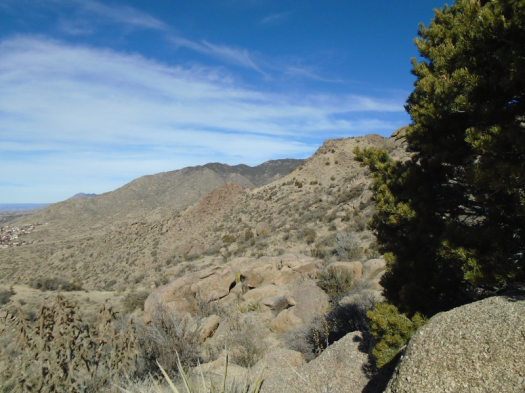
Blue blazes down on us. The sections of the climb surrounded by boulders warm us. The parts on a high ridge huff cold wind in our faces.
I crest another ridge, see a crumpled mass of clothing, and shudder. A sleeping man? A dead man? Just some sweatshirts someone, probably the man under the juniper, left behind.
We reach a high landing. What little vegetation exists here tosses in the wind like we’re on top of Everest.
I gauge the final climb to Eye of the Sandias. It will mean at least half an hour with that wind in my face. That doesn’t seem wise, and I don’t really care about missing the rock. I’m in the most compelling scenery.
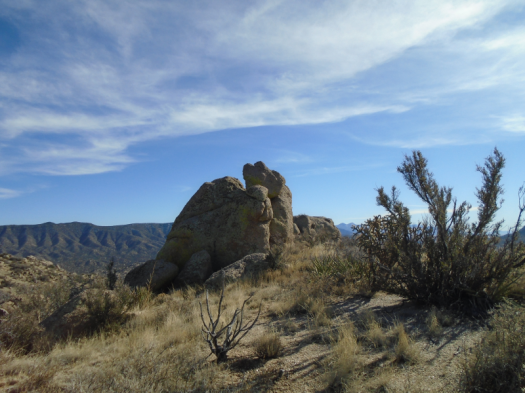
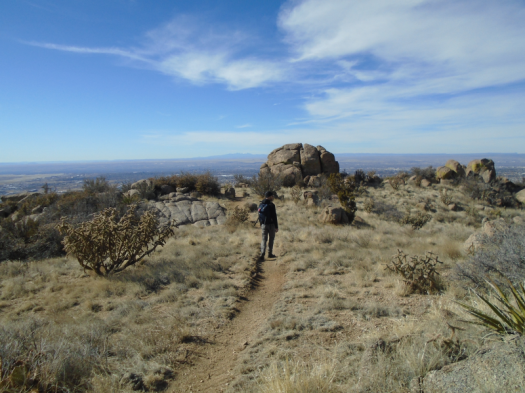
Nothing looks the same going down through the warren of social trails. My husband and I argue about the right way back. I think he’s going too far south. We cliff out repeatedly, then descend a path steep enough that I slide down a decent chunk of it on my butt rather than even trying to stay upright. (Today may have been last rites for my five-year-old REI pants.) We emerge north of where we began this morning, indicating that my husband had been headed toward the right trail.
As we get close to the car again, I catch myself smiling. There are worse things than being out here under rock and sky.
That is, if you have someplace sturdier than a juniper to go when it’s time to get out of the wind.
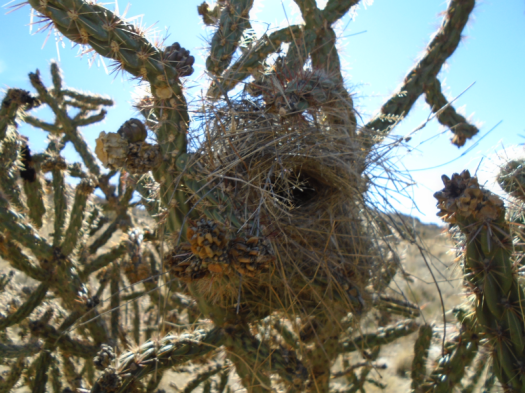
Hike length: 4.5 miles
Difficulty: moderate
Trail traffic: moderate
Wildlife spotted: pinyon jays